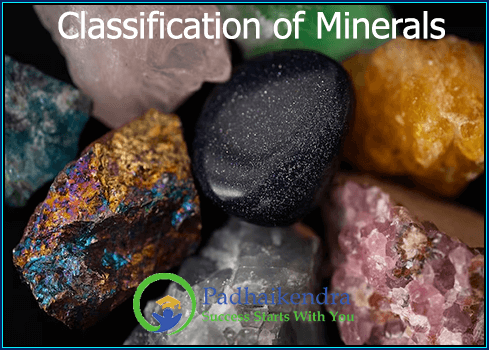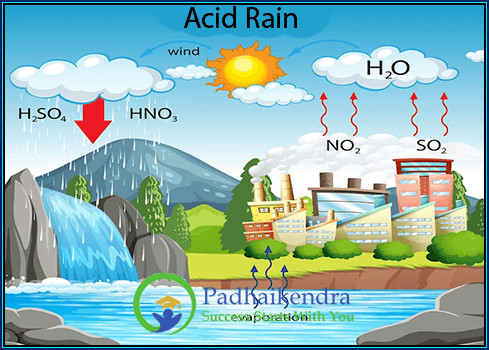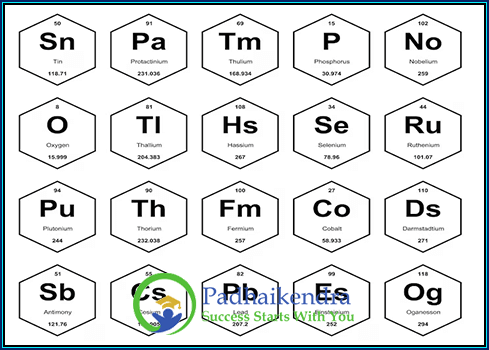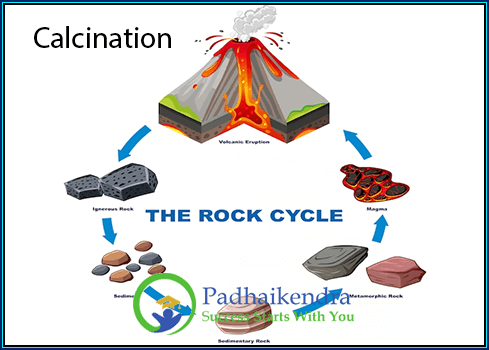Classifications of Minerals
Minerals are naturally occurring, inorganic substances with a definite chemical composition and an ordered atomic arrangement. They are classified based on various criteria, including chemical composition, crystal structure, and physical properties.
Classifications of Minerals by Chemical Composition
By chemical composition, minerals can be classified into:
Silicates
Silicates are the most abundant mineral group and makeup approximately 90% of the Earth’s crust. They are composed of silicon and oxygen, combined with other elements like aluminum, calcium, iron, magnesium, and others. Silicates are further categorized into subclasses based on their crystal structures, including framework silicates, sheet silicates, chain silicates, and isolated tetrahedral silicates. Examples include quartz, feldspar, mica, and clay minerals.
Carbonates
Carbonates are minerals that contain carbonate ions (CO3 2-) combined with metal ions like calcium, magnesium, or iron. They are commonly found in sedimentary rocks and play a significant role in the formation of limestone and dolomite. Calcite and dolomite are prominent examples of carbonates.
Sulfides
Sulfides are minerals composed of metallic elements combined with sulfur. They are typically found in hydrothermal veins and are important sources of various metals. Examples include pyrite (iron sulfide), galena (lead sulfide), and sphalerite (zinc sulfide).
Oxides
Oxides are minerals that consist of oxygen combined with one or more metallic elements. They are essential in the extraction of metals and often form weathering products. Common oxide minerals include hematite (iron oxide), magnetite (iron oxide), and rutile (titanium dioxide).
Sulfates
Sulfates are minerals that contain sulfate ions (SO4 2-) combined with metallic elements. They often form in arid environments through the evaporation of water. Examples include gypsum (calcium sulfate) and barite (barium sulfate).
Halides
Halides are minerals composed of halogen elements (fluorine, chlorine, bromine, or iodine) combined with metallic elements. They are commonly found in evaporite deposits and marine environments. Fluorite (calcium fluoride) and halite (sodium chloride) are well-known halide minerals.
Native Elements
Native elements are minerals that consist of a single element in its pure form. They are relatively rare and include elements such as gold, silver, copper, sulfur, and diamond.
Phosphates
Phosphates are minerals containing phosphate ions (PO4 3-) combined with metallic elements like calcium, iron, or aluminum. They are significant components of rocks and soils and play a crucial role in biological processes. Examples include apatite and monazite.
Classification of Minerals by Crystal Structure
By crystal structure, minerals can be classified into:
Cubic
These minerals have a crystal structure with three axes of equal length that are perpendicular to each other. Examples of cubic minerals include halite, galena, and diamond.
Tetragonal
These minerals have a crystal structure with three axes of unequal length, two of which are perpendicular to each other and the third is perpendicular to both of the others. Examples of tetragonal minerals include rutile (TiO2) and staurolite (Fe2Al9Si3O12).
Orthorhombic
These minerals have a crystal structure with three axes of unequal length that are not perpendicular to each other. Examples of orthorhombic minerals include calcite, dolomite, and andalusite (Al2SiO5).
Monoclinic
These minerals have a crystal structure with three axes of unequal length, two of which are perpendicular to each other and the third is not perpendicular to either of the others. Examples of monoclinic minerals include albite (NaAlSi3O8) and orthoclase (KAlSi3O8).
Triclinic
These minerals have a crystal structure with three axes of unequal length that are not perpendicular to each other. Examples of triclinic minerals include quartz (SiO2) and topaz (Al2SiO4(OH, F)).
Classification of Minerals by Physical Properties
By physical properties, minerals can be classified into:
Hardness
This is a measure of how resistant a mineral is to scratching. The Mohs scale of hardness is a relative scale that ranks minerals from 1 (softest) to 10 (hardest).
Cleavage
This is the tendency of a mineral to break along smooth, flat surfaces.
Fracture
This is the way a mineral breaks when it is not along a cleavage plane.
Streak
This is the color of a mineral in powdered form.
Luster
This is the way a mineral reflects light.
Diaphaneity
This is the degree to which a mineral transmits light.





